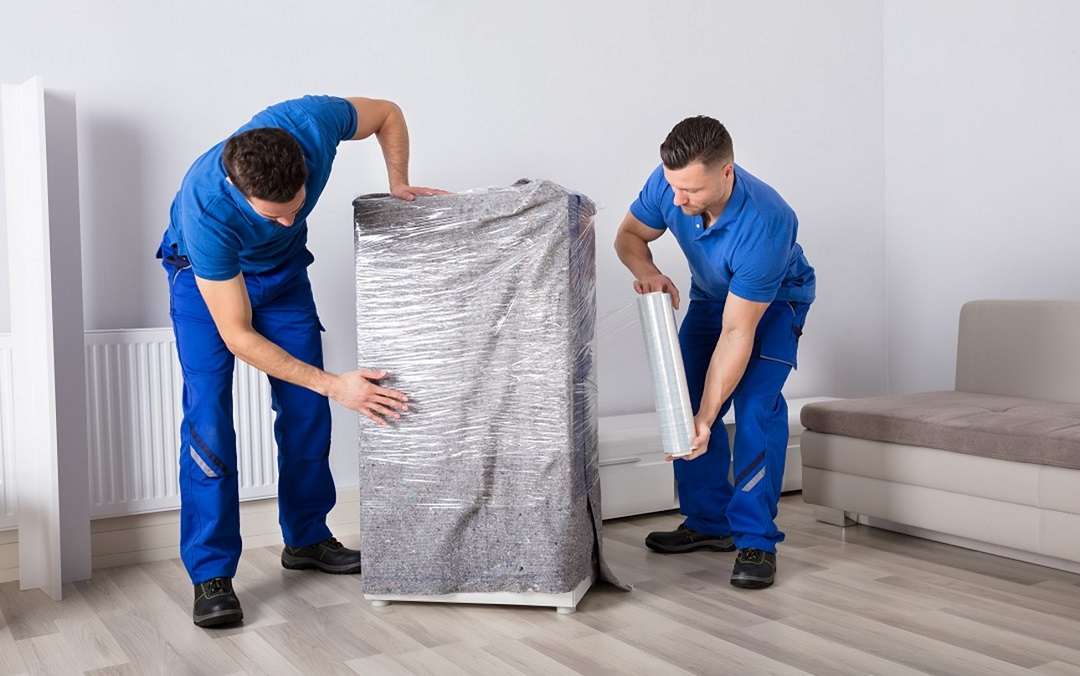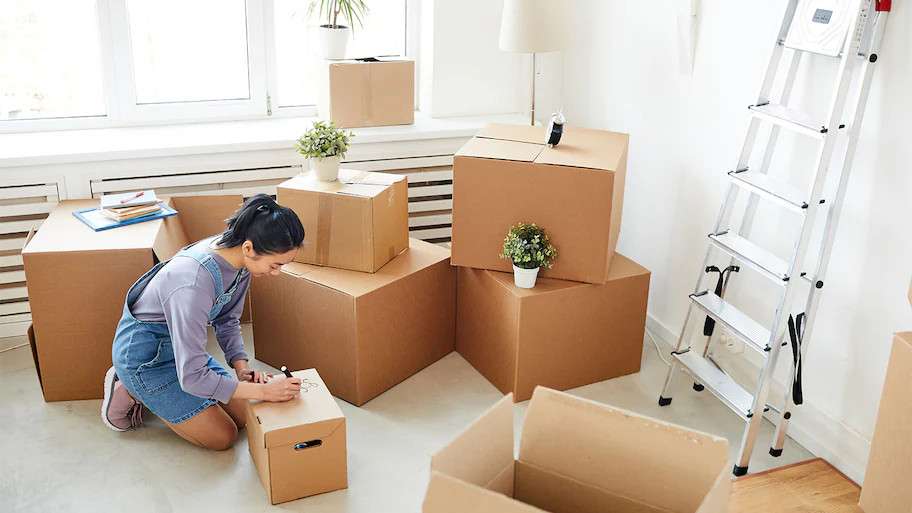Comprehensive Checklist for a Smooth Furniture Move
Moving can be thrilling yet overwhelming, especially when relocating heavy and fragile furniture. Don’t worry—we’ve got you covered with a comprehensive checklist to ensure your furniture move goes smoothly and effortlessly.

Planning Your Move: The Key to Success
1. Start Early, Finish Happy
Look, procrastination is tempting, but trust me, you’ll thank yourself later if you start planning early. Here’s a quick timeline to keep you on track:
- 8 weeks before: Start decluttering and researching removal companies.
- 6 weeks before: Book your chosen removal company and start collecting packing materials.
- 4 weeks before: Begin packing non-essential items and notify important contacts about your move.
- 2 weeks before: Ramp up your packing and confirm details with your removal company.
- 1 week before: Finish packing, leaving out only the essentials.
2. Choosing the Right Removal Company
Picking the right team to help with your move is crucial. Here’s what to look for:
- Experience and reputation: Check online reviews and ask for recommendations.
- Services offered: Do they provide packing services? What about storage options?
- Insurance: Make sure they’re fully insured to protect your belongings.
- Transparent pricing: Get a detailed quote to avoid any nasty surprises.
Pro tip: Don’t just go for the cheapest option. Sometimes, paying a bit more for quality service can save you a ton of stress in the long run.
Packing Like a Pro: Tips and Tricks
1. Declutter Before You Pack
Less stuff means less to pack, move, and unpack. Simple, right? Here’s how to declutter effectively:
- Use the “one-year rule”: If you haven’t used it in a year, do you really need it?
- Organize a garage sale or donate items to charity.
- Consider if it’s cheaper to replace certain items rather than move them.
2. Packing Materials: Your Moving Day Arsenal
Gather these essentials:
- Strong moving boxes in various sizes
- Packing tape and dispenser
- Bubble wrap and packing paper
- Markers for labeling
- Scissors or box cutter
3. Pack Smart, Unpack Easier
Follow these packing hacks:
- Use small boxes for heavy items and larger boxes for lighter stuff.
- Fill empty spaces in boxes with packing paper to prevent shifting.
- Label each box clearly with its contents and destination room.
- Pack an “essentials box” with items you’ll need immediately in your new place.
Storage Solutions: When You Need That Extra Space
1. Types of Storage Options
Sometimes, you need a place to stash your stuff temporarily or long-term. Here are your main options:
- Self-storage units: You rent the space and have 24/7 access.
- Full-service storage: The company picks up, stores, and delivers your items when needed.
- Mobile storage: Containers are delivered to you, you pack them, and they’re stored or moved to your new location.
2. Choosing the Right Storage Solution
Consider these factors:
- Duration: How long do you need to store your items?
- Accessibility: How often will you need to access your stuff?
- Climate control: Do you have items that need special temperature or humidity conditions?
- Security: What measures does the facility have in place to protect your belongings?
3. Maximizing Your Storage Space
Make the most of your storage unit with these tips:
- Use uniform box sizes for easy stacking.
- Create an inventory of stored items and a map of where everything is located.
- Leave an aisle for easy access to items at the back.
- Store frequently needed items at the front of the unit.
Moving Day: Making It Smooth Sailing
1. Prepare Your Old and New Homes
Before the removal team arrives:
- Clear pathways and remove any obstacles.
- Protect floors and carpets with drop cloths or cardboard.
- Ensure parking space for the removal truck at both locations.
2. Communicate Clearly with Your Removal Team
- Brief the team on any special instructions or fragile items.
- Point out items that aren’t to be moved.
- Keep valuable items and important documents with you.
3. The Final Walkthrough
Before saying goodbye to your old place:
- Check all rooms, closets, and storage areas for forgotten items.
- Take meter readings and photos for your records.
- Lock all windows and doors.
Settling In: Making Your New House a Home
1. Unpacking Strategy
- Start with the essentials: bedroom, bathroom, and kitchen.
- Unpack one room at a time to avoid feeling overwhelmed.
- Break down boxes as you go to clear space and see progress.
2. Update Your Information
Don’t forget to update your address with:
- Post office for mail forwarding
- Banks and credit card companies
- Government agencies (DMV, tax office, etc.)
- Employers and schools
- Subscription services
3. Get to Know Your New Neighborhood
- Introduce yourself to neighbors.
- Locate essential services like grocery stores, pharmacies, and hospitals.
- Explore local parks, cafes, and community centers.
Conclusion: Embracing Your New Beginning
Moving and storage don’t have to be stressful. With proper planning, the right removal company, and these expert tips, you’re all set for a smooth transition. Remember, every box unpacked is a step closer to making your new place feel like home. So take a deep breath, stay organized, and enjoy the journey to your new beginning!
Resources:
Frequently Asked Questions (FAQs)
1. How far in advance should I book a removal company?
It’s best to book a removal company as soon as you have a confirmed moving date. Aim for at least 4-6 weeks in advance, especially if you’re moving during peak seasons (summer months or end/beginning of the month). This ensures you have a better chance of securing your preferred date and time.
2. What items are prohibited from being transported by removal companies?
Most removal companies won’t transport hazardous materials, perishables, plants, or extremely valuable items. This typically includes:
- Flammable liquids and gases
- Corrosive substances
- Explosives (including fireworks)
- Perishable food items
- Living things (plants, pets)
- Important documents and jewelry (you should transport these yourself)
Always check with your specific removal company for their list of prohibited items.
3. How do I estimate the size of storage unit I need?
A good rule of thumb is:
- A 3×2 unit (18 cm3) can typically hold the contents of a 1-2 bedroom unit
- A 13 m x 3 m unit (27cm3) can typically hold the contents of a 2-3 bedroom house or unit
- A 6 m x 3 m unit (54 cm3) can usually accommodate a 3-4 bedroom house
For a more accurate estimate, many storage companies offer online space calculators or can provide personalized advice based on your inventory.
4. Is it necessary to purchase insurance for my stored items?
While it’s not always mandatory, it’s highly recommended to insure your stored items. Many storage facilities offer insurance options, but you can also check if your home insurance policy covers items in storage. Remember, the storage facility’s insurance often only covers the building, not your personal belongings.
5. How can I protect my furniture during the move?
To protect your furniture:
- Use furniture blankets or plastic wrap to prevent scratches and dents
- Disassemble larger pieces if possible
- Use corner protectors on sharp edges
- Fill drawers with light, soft items to maximize space and provide cushioning
- Consider professional crating for extremely valuable or fragile pieces
6. What’s the best way to pack fragile items?
For fragile items:
- Wrap each item individually in bubble wrap or packing paper
- Use sturdy boxes and fill empty spaces with packing peanuts or crumpled paper
- Label these boxes clearly as “FRAGILE” and indicate which side should be up
- Consider double-boxing extremely delicate items for extra protection
7. How do I change my address with important services and organizations?
You can change your address:
- Online through the Australia Post website for most government services and many private companies
- Directly with your bank, employer, and subscription services through their websites or customer service
- By visiting or calling local services like your doctor’s office or children’s school
Remember to start this process about two weeks before your move.
8. What should I do if something is damaged during the move?
If you notice damage:
- Document the damage immediately with photos
- Report it to the removal company as soon as possible (many have a time limit for claims)
- Check your moving insurance policy for the claims process
- Get repair estimates if necessary
Reputable removal companies will work with you to resolve any issues.
9. How can I make my move more environmentally friendly?
To make your move more eco-friendly:
- Use recyclable packing materials or rent reusable moving boxes
- Donate or sell items you no longer need instead of throwing them away
- Use towels, blankets, and clothing as packing material instead of buying bubble wrap
- Choose a removal company that uses fuel-efficient vehicles or offers carbon offsetting
10. What’s the best way to handle a long-distance or interstate move?
For long-distance moves:
- Start planning earlier, ideally 2-3 months in advance
- Research interstate removal companies specifically
- Consider decluttering extensively to reduce moving costs
- Look into short-term storage options at your destination if needed
- Make sure all your important documents are organized and easily accessible during the move
Remember, long-distance moves often require more coordination, so clear communication with your removal company is key.
Need Professional Help?
If you need help with your furniture move and storage, trust the professionals at Tuggerah Removals and Storage. Call us today to discuss your requirements and let us assist you with your move.





